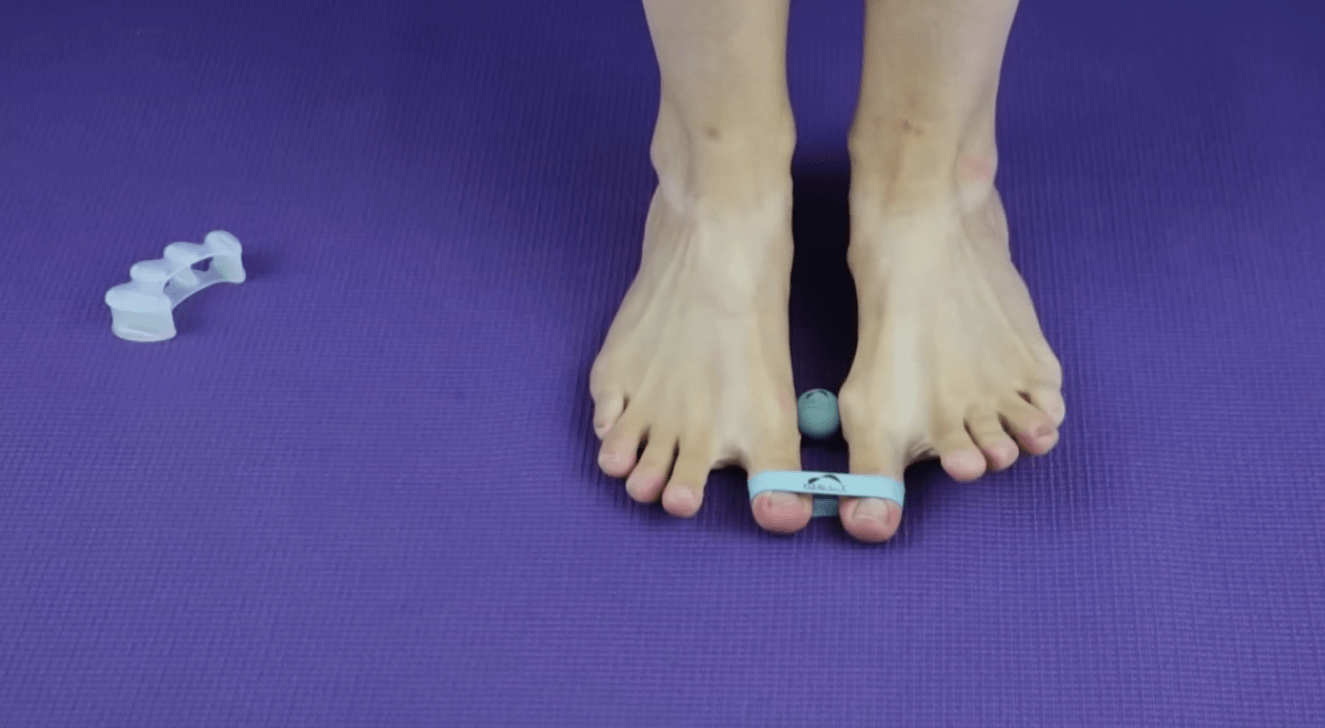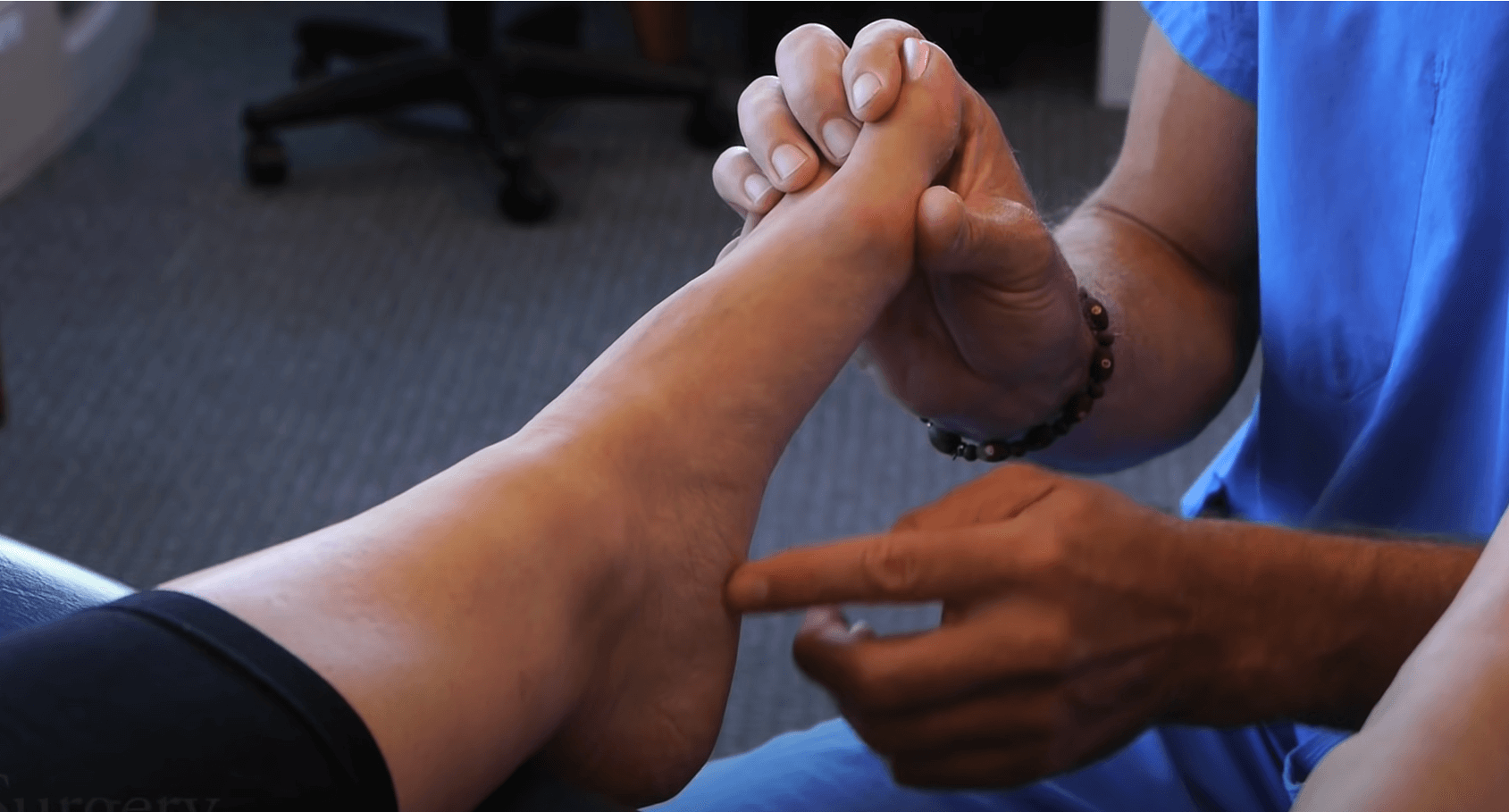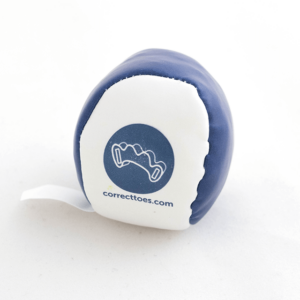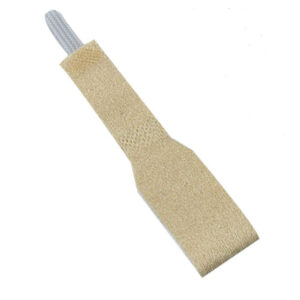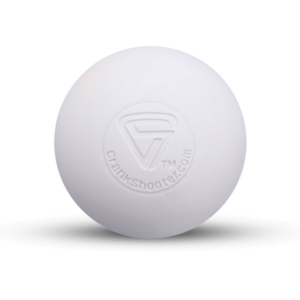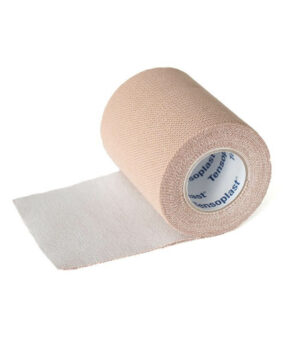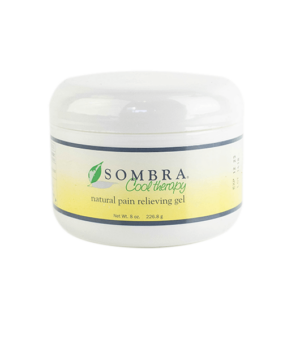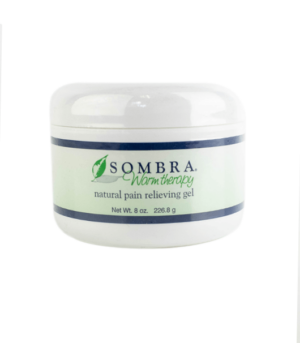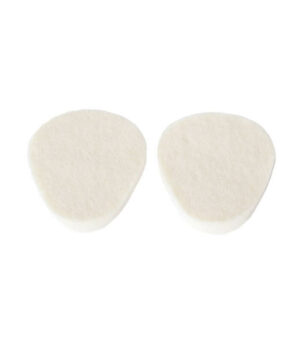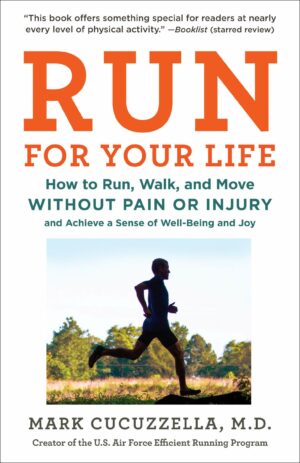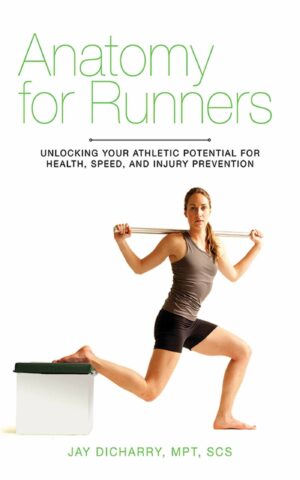Since the 15th-century shoes have been created more for fashion than function. It was at that point in history when the “in” style was a pointy toe box – shoes widest at the ball of the foot – and high heels. What gave this design its long-lasting fashion strength? Some believe it was the simple fact that those who wore them were the prestigious elite. Fast forward to today and this shoe style’s popularity has gone relatively unchanged, making it our shoe design of choice as well.
Unfortunately, this stylish “pointy” design and elevated heel comes at a price. Because the actual structure and functions of the foot were not considered in the original footwear design, the unnatural shape (over time) deforms your feet and alters your natural posture, leading to foot pain and various body alignment issues. Without realizing it, we have traded footwear meant to protect and keep feet healthy in exchange for fashion. Don’t take our word for it. Look closely at a newborn baby’s feet, and you will see that the human foot is naturally widest at the ends of the toes (not the ball of the foot, where most shoes begin tapering).
Here’s the good news: we can do something about it. Below is a breakdown of what makes a shoe “healthy”. Please use this information to help you determine what natural foot-shaped footwear looks like, and treat your feet right!
Toe Box
Common Shoe
Healthy Shoe
The toe box tapers and the widest part of the shoe is at the ball of the foot rather than the ends of the toes. This unnatural shape squeezes the toes and can cause problems such as bunions and plantar fascia pain.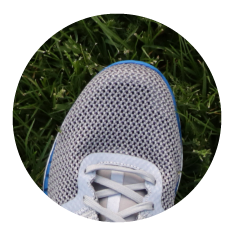
This has a foot-shaped toe box, widest at the ends of the toes. The natural shape allows the toes to splay properly, encouraging blood flow, nerve function and a wide base for balance.
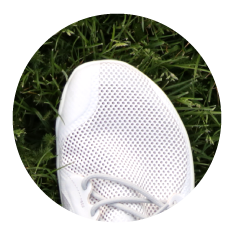
Soles
Common Shoe
Healthy Shoe
Most will have a rigid sole. It is presented as a benefit (durability and comfort), however, that is not the case. Rigid soles act like a cast, limiting the motion of your feet. This can cause muscle atrophy and weaken your feet.

These feature flexible soles, allowing your feet to respond to the ground with a balanced gait. The flexible sole doesn’t immobilize the muscles and allows them to properly engage and strengthen with each step.
Heel Elevation
Common Shoe
Healthy Shoe
Any heel elevation, even in an athletic shoe can change your body’s overall alignment. Raising the heel above the ball of the foot can lead to ankle instability and hammertoes.

Zero heel elevation is preferred. This feature promotes proper alignment and even body weight distribution.
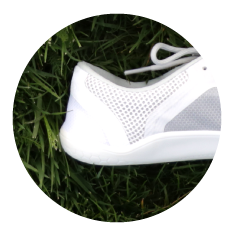
Toe Spring
Common Shoe
Healthy Shoe
Many possess a rigid toe spring, preventing your toes from appropriately flexing. Keeping them in this unnatural position can overstretch the plantar fascia causing shin splints, neuromas and capsulitis. Over time, this can cause your natural cushioning to shift limiting protection.
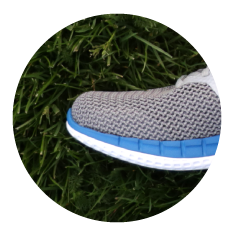
Having little to no toe spring allows the feet to flex. This design is intended to let the toes lay flat with the ball of the foot. This position promotes balance, decreases likeliness of injury and limits stress on the bottom of the foot.

The athletic shoe category can be the particularly deceiving because people tend to think of athletic shoes as comfortable and healthy; but by and large, they are neither of these things. Please consider the above differences, when deciding to purchase your next pair of shoes. In the words of elite runner, Dr. Mark Cucuzzella, “look for footwear that allows you to move, not enables you to move. Need more help? Click here for our extensive shoe list for healthy shoe options. If you have any questions or concerns, use the hashtag #CorrectShoes to keep the conversation going.




